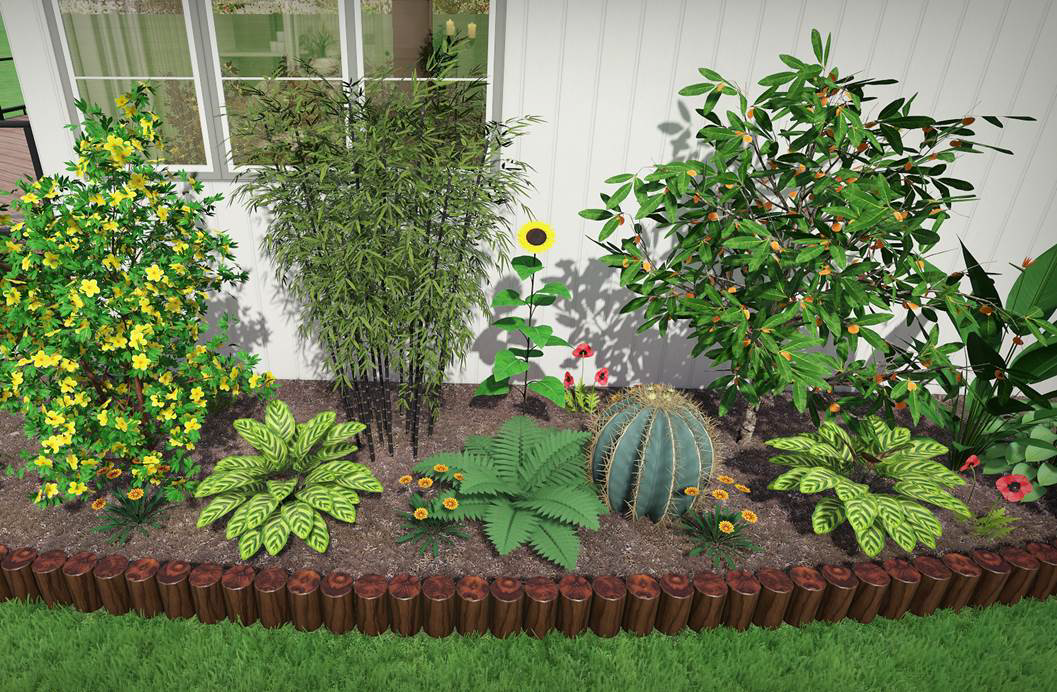Not known Facts About Landscapers
Not known Facts About Landscapers
Blog Article
Landscapers Can Be Fun For Everyone
Table of ContentsMore About LandscapersLandscapers Fundamentals ExplainedHow Landscapers can Save You Time, Stress, and Money.Things about LandscapersThe 45-Second Trick For LandscapersSome Known Questions About Landscapers.
- A garden attribute where water is stood for by an accumulated stone item, generally a crushed rock or granite.- A stone or natural flagstone patio, course, or sidewalk constructed without a concrete base.- A stone preserving or complimentary standing wall constructed without the use of mortar. - An underground framework that gather water and permits it to slow percolate right into the dirt around it.
Landscape style that is compatible with a sites' setting in both appearance and sustainability without negative impacts to the setting. Bordering in the landscape is a line of separation that creates aesthetic passion in the garden by separating one segment from one more section.
Locations can likewise have a feeling of "unit" offered by trees, other plantings, fences, or screens. The landscape near the entry to a structure.
Little Known Facts About Landscapers.

The element in a landscape style or location in a landscape that is meant to be most noticeable. The prime focus can be a plant, boulder, statuary, collecting space, or various other landscape function. A style of yards or garden elements that stress straight lines, best angles and circles. Shrubs or bushes found in beds near the structure of a home or other framework.

The Greatest Guide To Landscapers
Reduced plants that are allowed or urged to spread over an area. Can refer to any kind of "hard" yard elements consisting of statuary or stones however many typically is used to refer to courses, patio areas, and walls - Landscapers.: Height distinction between the level of water in a fish pond (or the degree of the pump if it sits outside the fish my website pond) and the top electrical outlet of water which influences efficiency of the water pump in gph (gallons per hour).
Fencing boards that run flat, typically made use of in modern or Japanese-inspired landscape designs. Proper usage of fictional lines can help the landscape feel linked to the home and various other components.
A more kicked back yard dominated by curved instead of straight bed lines and a less inflexible framework. Typical PNW landscapes are casual. A plant that spreads greater than preferred, or right into environments where it does damage. Portland has a checklist of intrusive plants that need to not be mounted in landscapes since they can infect woodlands or waterways and be difficult to regulate.
The Greatest Guide To Landscapers
Can include head positionings and insurance coverage, pipe sizing, GPM specifications, and products required to install this system. Licensed expert who develops landscapes, schooled in design and style as well as in cultivation.
Landscape developers typically have less education than Landscape Architects and are not accredited. A completed landscape design, outlining all aspects for the brand-new landscape.
Making use of several growings of the exact same range to fill up in an area in the look what i found landscape. This can reduce upkeep and water use in the yard.
A mix of cement, sand, and water that is made use of in stone masonry for setting rocks and joints. A layer of compost or bark dust used at the base of a plant. A go to my site mass growing of moss. A plant that existed in a geographical location prior to individuals began altering the landscape.
The 8-Second Trick For Landscapers
How the yard or a yard component is organized in relationship to an existing or brand-new function or to a direction. Preserving a lawn without using chemical herbicides, chemicals, or fertilizers. Turfs that are not trimmed but expanded in landscapes as perennials. This is a partially open sided relaxation or leisure area that joins a house, utilized for enjoyable, outdoor eating and merely delighting in the exterior setting.

Plants that supply seasonal passion and then pass away back in the wintertime. Cold season grass that is the most typical lawn grass in Rose city, OR and the remainder of the PNW.An open roofed structure over an outdoor patio or various other landscape function.
The most typical landscape gravel in the PNW. Area of the landscape made to handle rainfall water until it can saturate right into the ground.
Producing a garden feature being composed largely of stones with plantings that match and can prosper in the rocky atmosphere. Lawn sprinkler head style that turns a stream of water across a location.
The 2-Minute Rule for Landscapers

Report this page